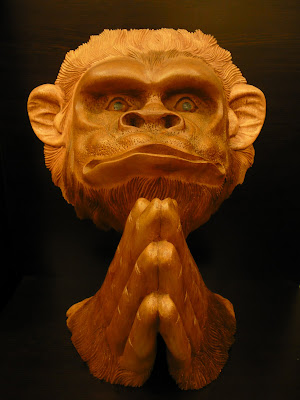.
剑号巨阙, 珠称夜光。
jiànhào jù què, zhū chēng yè guāng.

剑 (sword) 号 (named) 巨阙 (JuQue),
Of all the swords, the most famous was named 巨阙 jùquè (巨 is huge 阙 no meaning as a single syllable word). It was one of 5 swords that King Goujian of Yue 越王勾踐 yuè wáng Gōu Jiàn (reigned 496 BC - 465 BC) presented to the King of Wu after his defeat but he was insulted and humiliated during his imprisonment. Later after his release, he used this sword 巨阙 jùquè to defeat the King of Wu and exacted his revenge. This happened during the end of the Spring and Autumn Period 春秋时代 hūnqiū shídài. I will be telling this tale in greater details in a later post.
This sword was buried for more than 2000 years and when it was found there was no rust at all! It is a delicately made bronze sword measuring 55.6 cm in total length (slightly less than 2 feet). There are eight Chinese characters on the sword “越王鸠潜,自乍用剑" (yuè wáng jiū qián, zìzhà yòng jiàn), which means that this sword is belong to King Goujian of Yue.
珠 (pearl) 称 (called) 夜光 (YeQuang)。
The most famous pearls are known as 夜光 yè guāng or “Gleam of the Night”. (夜 is night 光 is bright). Nathan Sturman wrote that the “Gleam of the Night” was a legendary pearl which was once the eye of a whale and also referred to as 明月珠 míngyuèzhū “Bright Moon-Pearl”.
.







No comments:
Post a Comment